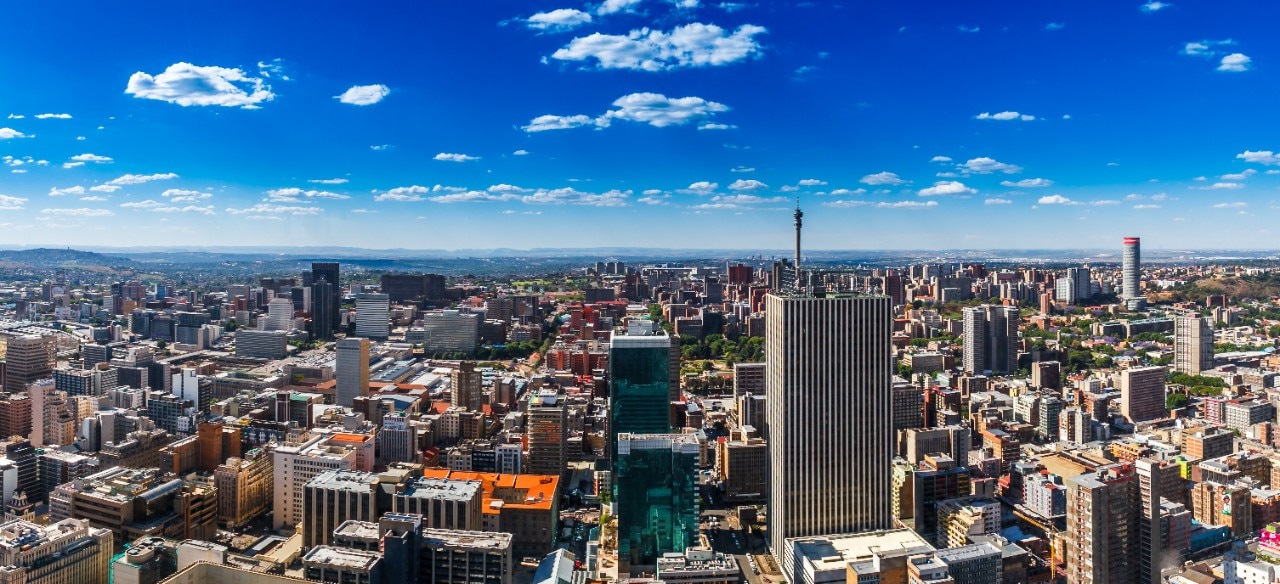This article was originally published on Domus 1087, February 2024.
South Africa’s industrial, financial and cultural capital, in the post-apartheid era, may not be an “emerging territory” but a necessity to become one. Johannesburg is a vast archipelago of segregated enclaves marked by stark divisions. To the north, affluent, mainly white-populated leafy quarters and financial hubs like Rosebank or Sandton contrast with a historic centre that was once the city’s central business district (CBD) but now faces neglect and social stress.
Moving south, a belt of depleted gold mines forms a landscape requiring recycling and integration into the urban fabric. Beyond this mining belt to the south, large townships conceived to segregate the black population now present a challenge post-apartheid. Johannesburg can no longer afford such blatant spatial segregation. Some initiatives have started to reduce this segregation within the city’s fabric, such as the regeneration through private initiatives of the Maboneng district.
While accused of promoting gentrification, these interventions undeniably bring benefits. Renewal projects like Jewel City by GASS; housing initiatives like Lo-Tek’s Drivelines Studios; the non-profit skate and education facilities by MWP; and David Adjaye’s Hallmark Hotel further integrate into a once neglected urban fabric. Adjacent to Maboneng lies the abandoned CBD, where office and residential buildings lie in disrepair. Policies for the revitalisation of the area become crucial.
Johannesburg embodies the utopia of progress and dystopian anguish, struggling to reconcile with its troubled history post-apartheid.
To the south, it’s essential for Johannesburg to reconcile with its abandoned mining belt. Mining, together with the legacy of apartheid planning, has fragmented the urban form, distorted the natural landscape and created barriers to spatial integration, while the mismanagement of these waste landscapes has led to environmental disaster.
Further south, works have started to reintegrate the townships, aimed at making areas like Soweto more diverse, both in terms of population diversity and mix of urban uses. However, there is still a strong contrast between the renovated areas, like Vilakazi Street – home to the late Nelson Mandela and Archbishop Emeritus Desmond Tutu – which caters to tourists and affluent locals, and the other parts of Soweto still grappling with poverty, unemployment and crime.
Despite South Africa’s democratic revolution in 1994, obstacles persist today, slowing down the achievement of a just city. Johannesburg embodies the utopia of progress and dystopian anguish, struggling to reconcile with its troubled history post-apartheid.
The challenge is to integrate the clashing urban fragments, creating an inclusive metropolis that also reconciles with the forgotten landscapes of its mining past.
Opening picture: dougholder from Adobe Stock.



















